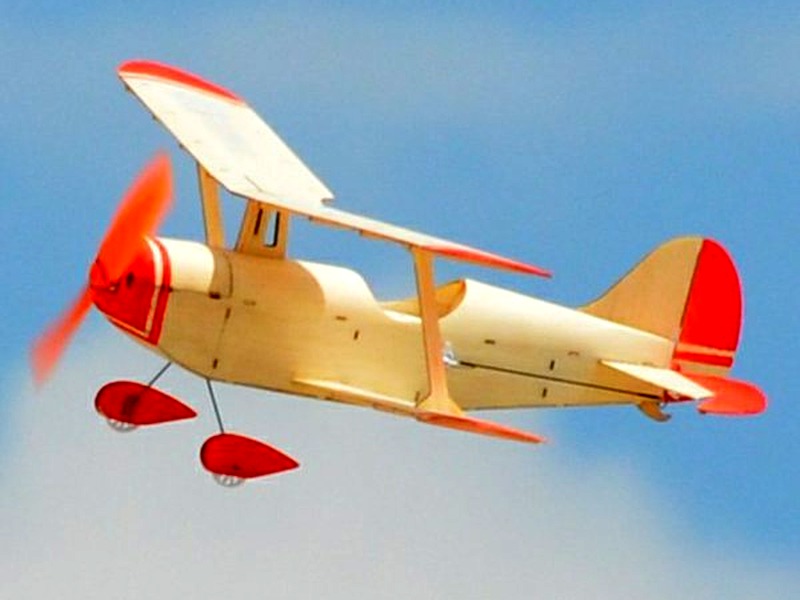What is safe in RC planes?

Safety is an important consideration when it comes to radio-controlled (RC) planes. RC planes, also known as model airplanes, are radio-controlled aircraft powered by a battery or fuel engine. While RC planes are enjoyable to fly, they can pose a risk to those flying them and any bystanders. As a result, it is important to ensure that RC planes are operated safely.
The first step to ensuring the safety of an RC plane is to understand the local regulations for flying RC planes. Depending on where you are located, there may be a number of laws and restrictions governing the use of RC aircraft. Local aviation authorities may have set a minimum distance from airports or densely populated areas that RC planes must maintain. It is important to familiarize yourself with these regulations beforehand in order to safely operate your RC plane.
The second step to ensuring the safety of an RC plane is to comply with the manufacturer’s instructions. Before attempting to fly an RC plane, it is important to read the instructions provided by the manufacturer. These instructions will provide important information about how to safely operate the plane, such as the recommended flying speed, altitude, and safety equipment. In addition, make sure that the plane is in good condition, without any visible defects, before attempting to fly it.
The third step to ensure the safety of an RC plane is to take appropriate precautions when flying. The plane should always be operated in an area with limited air traffic and away from people and animals. Additionally, it is important to remain aware of your surroundings while flying, particularly when it comes to power lines, trees, and other obstructions. If you are flying a plane with a fuel engine, make sure to wear protective gear and avoid refueling near any open flames or sources of heat.
In conclusion, flying an RC plane can be a fun and rewarding experience, but it does come with the responsibility of ensuring all safety measures are taken. As a result, it is important to be familiar with local regulations and the manufacturer’s instructions, as well as take appropriate precautions when flying. Doing so will help to ensure that RC planes are operated safely and responsibly.
Comments / Question
2. Always check the airspace classifications of the area before flying.
3. Be sure to keep your RC plane within the line of sight and stay within the designated flying height and speed limits.
4. Fly at least 500 feet away from other aircraft.
5. Use a spotter to help you keep your RC plane away from other aircraft.
6. Make sure to announce your presence to other aircraft in the area when flying.
7. Turn off your RC plane motor when other aircraft are in the vicinity.
8. Stay away from airports and other areas with restricted airspace.
2. Make sure you have a spotter with you to help you keep an eye on the plane.
3. Always keep the plane in sight and never fly beyond your line of sight.
4. Make sure you have the appropriate permits and insurance for the area you are flying in.
5. Follow all local laws and regulations regarding the operation of RC planes.
6. Make sure your plane is in good working condition before each flight.
7. Use a frequency flag or other visible marker to identify your plane.
8. Avoid flying in bad weather conditions.
9. Avoid flying near airports or other restricted airspace.
10. Use a failsafe system to ensure the plane can be safely landed in the event of a problem.
-Motor and Propeller
-Battery and Charger
-Battery Monitor
-Airplane Frame
-Servos
-Flight Controller (Optional)
-Flight Simulator (Optional)
-Safety Glasses
-Flight Line/Flag (Optional)
2. Interference: Radio interference from other RC planes, cell phones, or other electronic devices can interfere with the operation of your RC plane.
3. Weather: High winds, rain, and other weather conditions can cause your RC plane to crash or veer off course.
4. Proximity to Other Aircraft: Flying your RC plane too close to full-sized aircraft can cause a collision, resulting in serious injury or death.
5. Illegal Operation: Operating an RC plane in restricted airspace can result in fines or criminal charges.
2. Make sure you’re familiar with the laws and regulations applicable in the area you’re flying in.
3. Always use a spotter to watch the aircraft while it’s in the air.
4. Always check the condition of the aircraft before flying, including the battery and motors.
5. Use a proper flight simulator to practice flying and become familiar with the aircraft.
6. Start off with shorter flights in order to become familiar with the aircraft’s handling and control.
7. Wear protective gear such as goggles and a helmet.
8. Fly only in good weather conditions.
9. Don’t fly over populated areas or near airports.
10. Make sure your radio control system has a working failsafe system.

